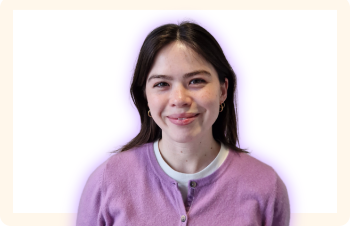This post is written by three people with disabilities who work in academic publishing – Simon Holt (Senior Acquisitions Editor, Elsevier) is visually impaired, Katy Alexander (Global Director for Marketing and Communications, Digital Science) has dyslexia, and Becky Degler (Digital Product Manager, Wiley) has chronic migraine.
Diversity is finally at the forefront of the agenda for many creative organisations. This post explores the importance of making the publishing industry accessible to people from all backgrounds and walks of life. In a recent survey by the UK Publishers Association, just 5.4% of respondents indicated that they have a disability, compared with 15% of the global population. We also know that people with disabilities of working age are 30% less likely to have a job than the rest of the population, both in the US and UK. The UN suggests that the picture is similar (or worse) in other parts of the world.
Why is this the case? The answer lies somewhere between culture and awareness:
Simon: There are barriers to entry within the publishing industry that disproportionally affect people with disabilities. For example, as a visually impaired person, I was once asked to do a proofreading test at an interview for a Development Editor job with no proofreading responsibilities (I was told it was needed to demonstrate ‘basic publishing skills’). There are certainly challenges that arise as a result of having a disability, but there are also lots of skills I have gained, too. The thing that I want to make clear is that I haven’t been successful *despite* my disability; I’m successful *because* of my disability, and the adaptability, resourcefulness and efficiency that has given me. These are all things that help me at work.
Becky: People with disabilities often face double discrimination: there are barriers to gaining and staying within employment, but also to earning potential and career progression. For example, as a person with chronic migraine, I’ve encountered prosaic versions of ‘someone who is frequently sick cannot be as productive as a healthy ‘normal’ employee’; ‘if stress is a migraine trigger, then you’ll never be able to cope with the increased responsibilities’; and ‘if you can’t put in overtime then there’s a limit to your progression.’ Managing stress effectively is what I do to survive. Progressive roles shouldn’t be off-limits because of my disability. In fact, the skills I’ve acquired through it can be differentiators that help me — and the company — thrive.
Katy: From my own experience and what I’ve observed of friends and colleagues with disabilities who have established themselves within the industry, I think there are several key traits that can support success. Skill Number 1) Grit: growing up with dyslexia teaches perseverance; constant effort is required to overcome obstacles or challenges that are part of my everyday life. Skill Number 2) Creativity: being dyslexic means thinking outside the box — we dyslexics just have to. For small and large organisations alike the ability to come at problems from a different perspective can support innovation. Skill Number 3) Relationships and Professional Development: I care very deeply about what motivates the people I work with and how I can help them succeed. In part, I’m sure this is because I didn’t experience this type of support myself.
So how do we change perceptions and grow representation in the industry? Simon, Becky and Katy emphasise that the answer is in changing our attitude and policies. We need to stop focusing on the ‘dis’ in disability and focus more on the ‘ability’. The message is that disability inclusion is about engaging with a sector of society who are currently underrepresented in our workforce, recognising the skills that we can offer– skills that we have because of, not despite, the fact that we have a disability. Most of all, it’s about solving problems together to find creative solutions that benefit everybody – as people with disabilities, that is simply what we do.
Check out the original post on Scholarly Kitchen here.




